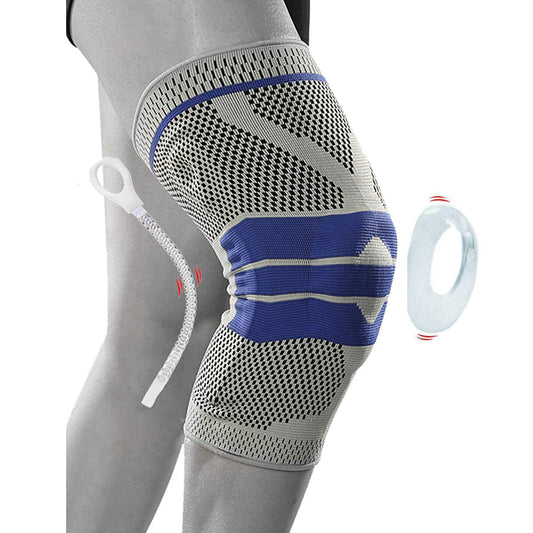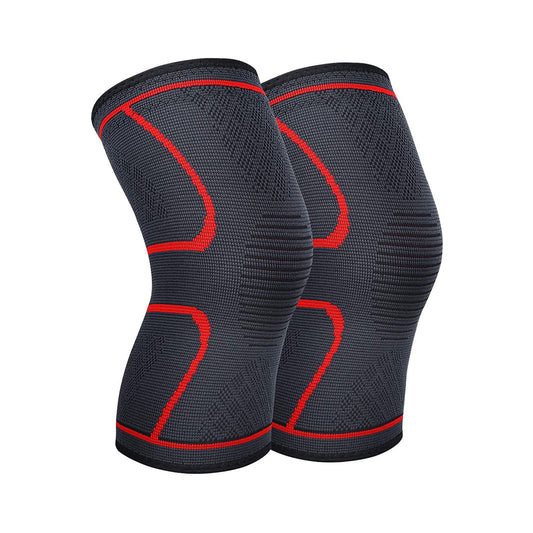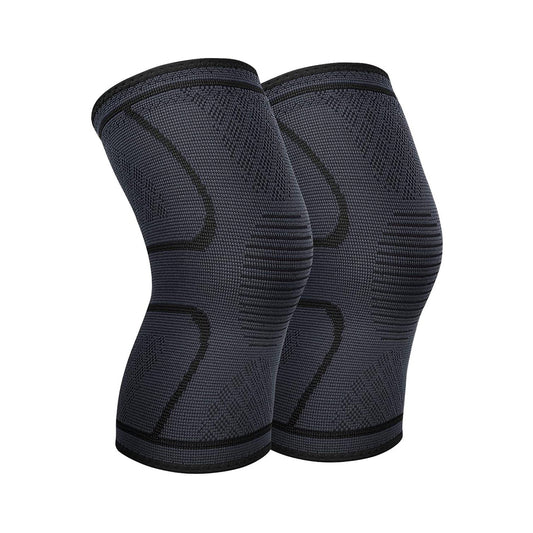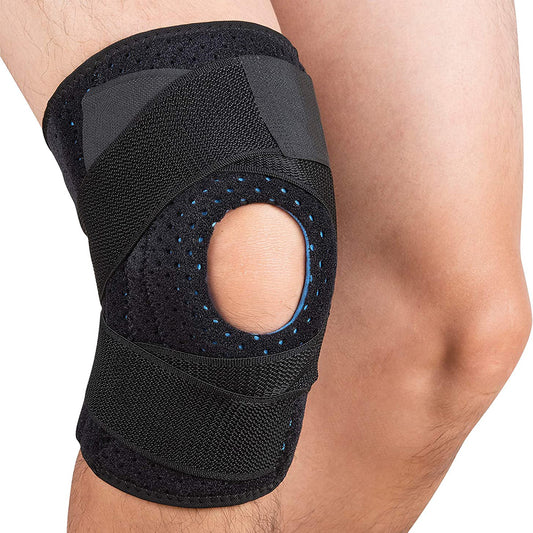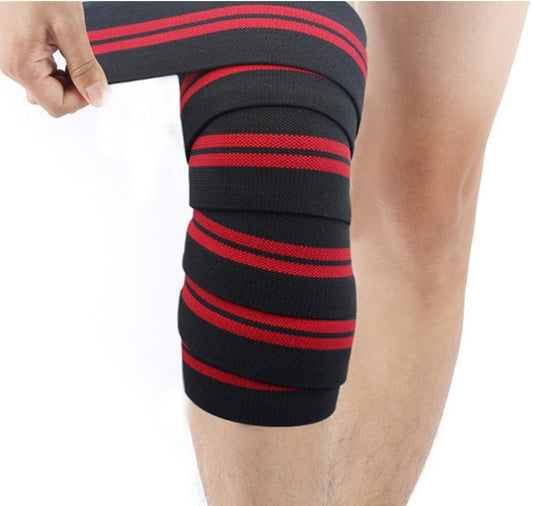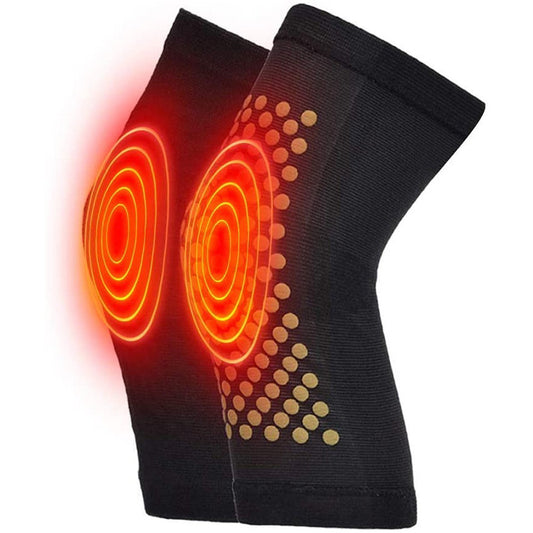-
Professional Knee Brace Compression Sleeve - Best Knee Braces for Men Women, Knee Support Protector for Running, Meniscus Tear, Arthritis, Joint Pain Relief, Sports Injury Recovery
Regular price $17.99 USDRegular price$27.99 USDSale price $17.99 USDSale -
2 Pack Knee Brace, Knee Compression Sleeve Support for Men and Women, Running, Hiking, Arthritis, ACL, Meniscus Tear, Sports
Regular price $20.99 USDRegular price$32.99 USDSale price $20.99 USDSale -
Knee Supports for Men Women - Compression Knee Sleeve for Arthritis Pain Relief Meniscus Tear, Non Slip Knee Support Brace for Running Squats Crossfit Other Sport
Regular price $20.99 USDRegular price$32.99 USDSale price $20.99 USDSale -
Knee Braces with Spring Stabilizers & Gel Patella Pad for Knee Support – Adjustable Compression Wrap for Running, Arthritis, Meniscus, Tear for Men & Women
Regular price $25.00 USDRegular price$56.00 USDSale price $25.00 USDSale -
Knee Wraps Great for Squats, knee brace Weightlifting, Powerlifting, Crossfit, Bodybuilding - 70"L Elastic Wrap Will Support Knees for Heavy Weight Squat and Lifting - Compression Straps for Men and Women
Regular price $13.00 USDRegular price$13.00 USDSale price $13.00 USD -
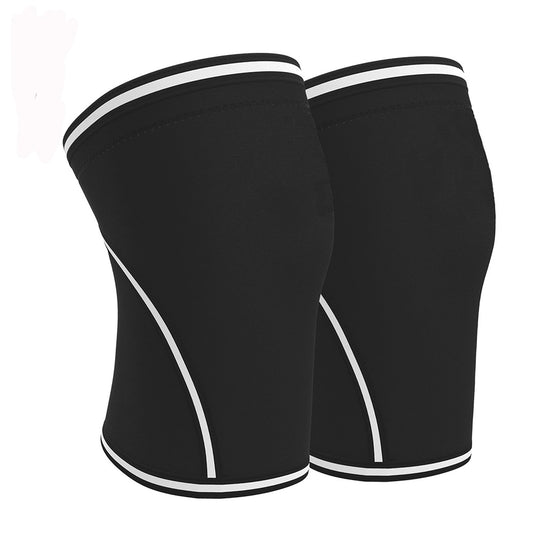
Knee Sleeves (1 Pair),7mm Compression Knee Braces for Heavy-Lifting,Squats,Gym and Other Sports
Regular price $26.00 USDRegular price$36.00 USDSale price $26.00 USDSale -
Professional Knee Brace,Knee Compression Sleeve Support for Men Women Pair Compression Fit Support for Joint Pain and Arthritis Relief
Regular price $20.99 USDRegular price$20.99 USDSale price $20.99 USD -
ZSZBACE Knee Compression Sleeve - Knee Support - For Jogging - For Running - For Exercising
Regular price $20.99 USDRegular price$20.99 USDSale price $20.99 USD -
ZSZBACE Knee Sleeves - 7mm Thick Compression Knee Brace Support for Weightlifting, Powerlifting, Squats & CrossFit Training Fitness for Women and Men, 6 SIZE
Regular price $26.00 USDRegular price$36.00 USDSale price $26.00 USDSale -
Self-warming knee pads, Knee warmers, Warm knee pads, Warmth therapy knee brace, Winter warm knee brace pain relief, for leisure and all kinds of sports - Unisex - 1 pair
Regular price $15.99 USDRegular price$26.00 USDSale price $15.99 USDSale
Collection: mcl injury brace
Why Choose an MCL Injury Brace?
Medial Collateral Ligament (MCL) injuries are common among athletes and active individuals. A specialized MCL injury brace provides targeted compression, prevents harmful lateral movements, and promotes healing through optimal joint alignment.
Key Features of Our MCL Support Braces
🔵 Multi-Directional Stabilization
Our Professional Knee Brace with Spring Stabilizers uses dual spring hinges to limit sideways motion while allowing natural flexion – critical for MCL tear recovery.
🔵 Adaptive Compression Technology
Try the 2-Pack Knee Compression Sleeve with gradient pressure to improve blood flow and reduce inflammation without restricting movement.
🔵 Full-Leg Support Options
For comprehensive stabilization, our Full Leg Compression Sleeves protect both knees and surrounding muscle groups during high-impact activities.
When to Use an MCL Brace
- Post-surgery rehabilitation
- Sports with lateral movements (basketball/soccer)
- Chronic knee instability
- Preventative protection during workouts
Top 3 MCL Brace Recommendations
1. Advanced Stabilizer Brace with Gel Padding
- Reinforced side struts
- Removable gel patella pad
- Ideal for Grade II-III MCL tears
2. Breathable Compression Sleeve Pair
- Moisture-wicking fabric
- Mild-to-moderate support
- Perfect for daily wear
3. Adjustable Sports Recovery Brace
- Cross-strap tension system
- Neoprene core for warmth
- Best for runners/cyclists
MCL Brace FAQ
❓ How long should I wear an MCL brace daily?
Most clinicians recommend 4-6 hours during active periods. Never sleep in rigid stabilizers without medical approval.
❓ Can I exercise with an MCL injury brace?
Yes – our Sports Compression Sleeve allows safe movement while protecting damaged ligaments.
❓ How do I clean my brace?
Hand wash with mild soap and air dry. Avoid machine washing rigid braces with metal components.
❓ What's the difference between MCL and ACL braces?
MCL braces focus on medial/lateral stability, while ACL braces prioritize anterior/posterior control. Some premium models offer combined protection.
Choosing Your Brace: 4-Step Guide
- Assess Injury Severity Grade I tears need compression sleeves | Grade II-III require stabilized braces
- Measure Accurately Follow our sizing chart – improper fit reduces effectiveness
- Consider Activity Level Rigid braces for contact sports | Slim designs for daily use
- Combine With Recovery Pair with RICE therapy and physical exercises
All braces come with 90-day satisfaction guarantee and professional sizing assistance.

